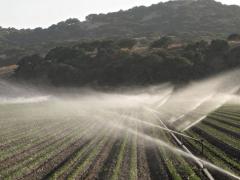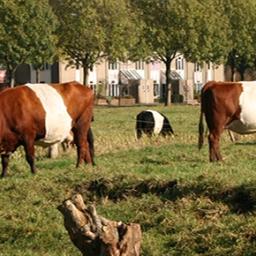Exploring global nitrogen and phosphorus flows in urban wastes during the twentieth century
This paper presents a global model-based country-scale quantification of urban nitrogen (N) and phosphorus (P) waste flows from humans, animals, and industries, including discharge to surface water, and recycling in agriculture. Agricultural recycling was practiced commonly in early twentieth century Europe, Asia, and North America.
Change in N and P discharges between 1900 and 2000
During the twentieth century, global urban discharge to surface water increased ~3.5-fold to 7.7 Tg yr-1 for N and ~4.5-fold to 1.0 Tg yr-1 for P; the major part of this increase occurred between 1950 and 2000. Between 1900 and ~1940, industrial N and P flows dominated global surface water N and P loadings from urban areas; since ~1940, human wastes are the major source of urban nutrient discharge to both surface water and agricultural recycling. During the period 1900–2000, total global recycling of urban nutrients in agriculture increased from 0.4 to 0.6 Tg N yr-1 and from 0.07 to 0.08 Tg P yr-1.
Uncertainty in the model
A large number of factors (the major ones related to food consumption, urban population, sewer connection, and industrial emissions) contribute to the uncertainty of -18% to +42% for N and -21% to +45% for P around the calculated surface water loading estimate for 2000.
Authors
Specifications
- Publication title
- Exploring global nitrogen and phosphorus flows in urban wastes during the twentieth century
- Publication date
- 30 August 2013
- Publication type
- Publication
- Magazine
- Global Biogeochemical Cycles
- Product number
- 1246




